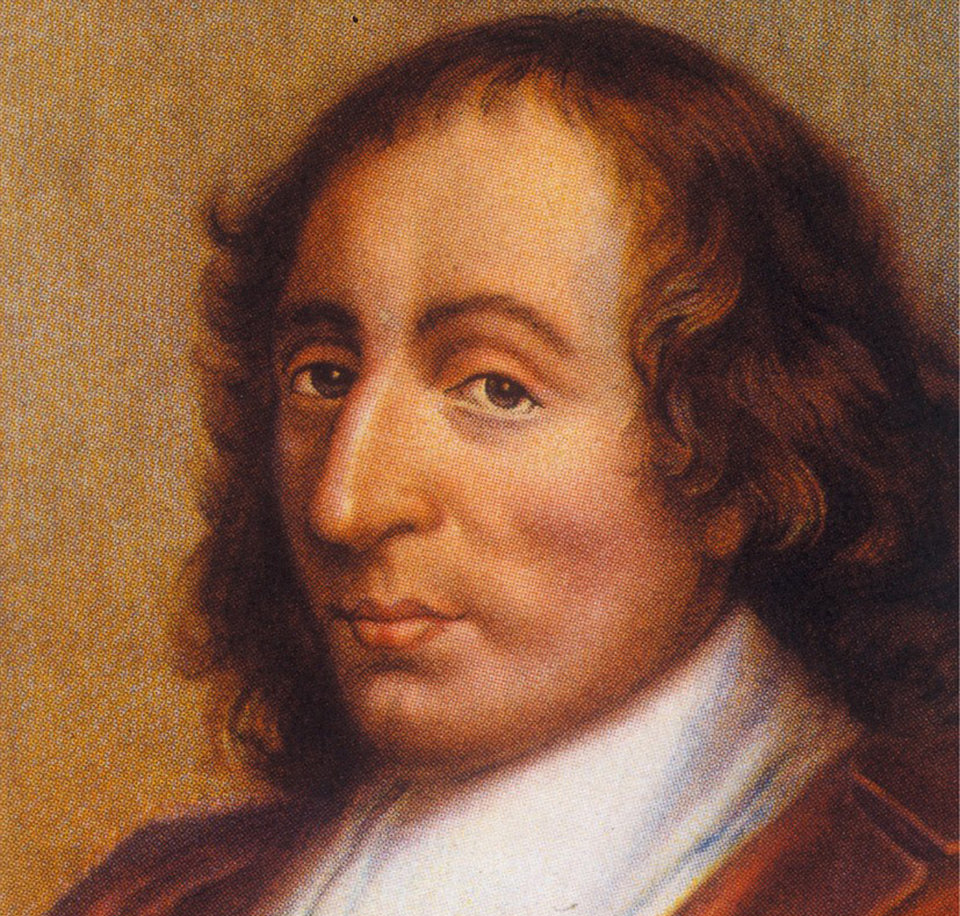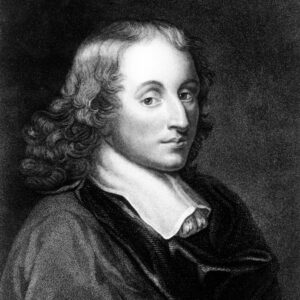Blaise Pascal (1623-1662), inventor of the first computer

The 17th century French mathematician, physicist, inventor and philosopher Blaise Pascal is the inventor of the first calculating machine: https://argoprep.com/blog/k8/go-math-grade-3-vs-argoprep-grade-3-workbooks/. He was also the source of several inventions in his time, but above all of two major new areas of research: projective geometry and the mathematics of chance, leading to the calculation of probabilities.
An early mathematician.
Born in Clermont-Ferrand in 1623, Blaise Pascal came from a bourgeois family close to the Mantine nobility. While he loses his mother at the age of 3, young Blaise quickly becomes fascinated by mathematics and science thanks to his father Etienne, then an advisor to King Louis XIII. At age 8, Blaise Pascal moved with his father and two sisters to Paris.
As a young man, Blaise attended exchanges between his father and such famous scholars as Marin Mersenne, Girard Desargues, Pierre Gassendi or René Descartes. At age 11, the young Blaise wrote his first book, Traits of a Son (1634): https://argoprep.com/blog/k8/go-math-grade-4-vs-argoprep-grade-4-workbooks/. In this treatise he manages to demonstrate the 32nd sentence of Euclid’s Book I that the sum of the angles of a triangle is 180°. Then comes the “Test on the Conic” (1635), a treatise on conic sections, from which Pascal’s theorem (projective geometry) is derived.
The first calculating machine
The Pascaline (or arithmetic machine) was a mechanical calculator developed by Blaise Pascal between 1641 and 1642. It was simply the first calculating machine capable of performing additions and subtractions. The production of this machine was intended to assist my father in his work, yet about twenty Pascalins would be produced. It will be a commercial failure, however, because of its high price. At any rate, it will be the only operational computing machine of the seventeenth century.
Blaise Pascal is also credited with the invention of the first hydraulic press, based on the theorem that bears his name.